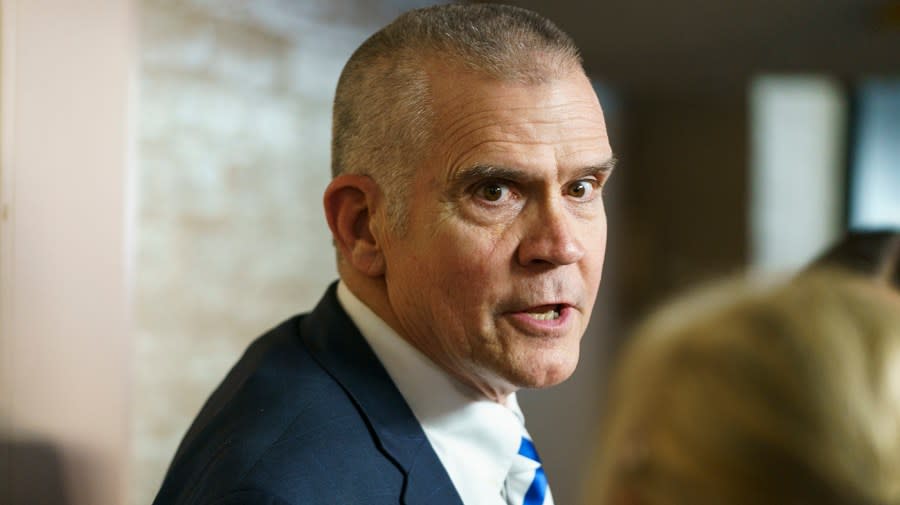VA’s online claims system comes under fire in House subcommittee

Rep. Matt Rosendale (R-Mont.), who chairs the House Veterans Affairs Subcommittee on Technology Modernization, slammed the Department of Veterans Affairs (VA) during a Tuesday hearing for the rollout of its online Beneficiary Travel Self-Service System.
The VA launched its online claims system in 2019 to help reimburse veterans for travel costs to VA hospitals. However, six years later, only about 30 percent of those claims are being processed, and a 2023 Department of Veterans Affairs inspector general (IG) report found that the system failed on all four key performance metrics.
“This project has been a glaring example of poor planning, misunderstanding of veteran’s needs and general dysfunction,” Rosendale said. “I’m sure the idea made perfect sense and looked good on paper, but in reality, the VA blindsided millions of veterans with a complicated and confusing new process.”
Democrats on the committee also criticized the VA for the slow implementation of the software and for deciding to switch to an online system when many of its users are older veterans who have trouble adopting new technology.
“It seems that we hear the same issue every time we talk about a VA modernization effort, poor requirement developments, poor change management, poor governance structures, millions of dollars spent on programs that the VA does not need,” ranking member Sheila Cherfilus-McCormick (D-Fla.) said. “It’s well past time that we have a conversation on why the VA can’t learn from its mistakes.”
The program was originally planned to cost close to $11 million dollars, but the VA has now spent $36 million on the claims system, leading to criticism from Rosendale and other members of the committee.
The VA first awarded the contract for the system in 2016, with implementation planned for 2019. But the VA rolled out the system in 2021 and ran it simultaneously with the legacy system until the end of 2023, when it tried to transition exclusively to the online system, as recommended in the inspector general report.
However, the system has remained rife with issues.
Jon Retzer, the national legislative director for Disabled American Veterans (DAV), told the subcommittee that “veterans report that they continue to struggle with getting reimbursed because of challenges” accessing the system.
“They find that the experience is not user-friendly or seamless because of system delays, multiple screen changes, and the need for verification when the appointment is not at a VA Medical Center,” he added.
Retzer said the VA has been engaging with DAV since February to improve the system, but he is disappointed the department waited for years before opening that line of communication.
Still, officials at the VA in charge of veterans transportation programs stood by its decision to make the switch.
“The VA moved vigorously to address [the IG] findings, and the only recommendation that is still pending closure is the system change to meet auto-adjudication goals,” Ryan Heiman, the VA’s deputy executive director for member service, told lawmakers.
He added that the VA has worked to improve the system with veteran input. However, members were not convinced it had learned its lessons.
“I am concerned that the VA is adding new features without addressing core issues in the original system,” Cherfilus-McCormick said.
“I’m concerned that its managers at the VA still do not have a clear picture of the future vision,” Rosendale added.
Copyright 2024 Nexstar Media, Inc. All rights reserved. This material may not be published, broadcast, rewritten, or redistributed.
For the latest news, weather, sports, and streaming video, head to The Hill.


